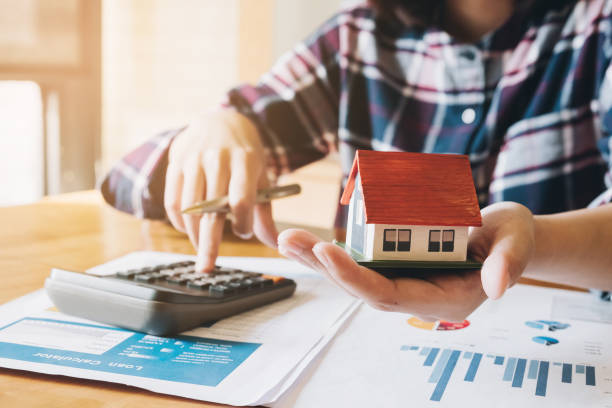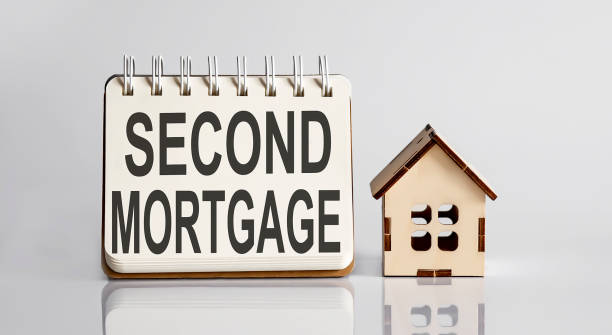Reverse mortgages, also known as home equity conversion mortgages (HECMs), allow homeowners aged 62 and older to access a portion of the equity in their homes. While they can provide needed cash flow in retirement, reverse mortgages also come with risks and costs that are important to understand before taking one out. In this extensive blog post, we will break down what a reverse mortgage is, how it works, what its potential benefits and drawbacks are, and what changes may be coming in 2024 based on recent legislation. We’ll also address common consumer questions about reverse mortgages.
Famous actor and former model Tom Selleck has served as a spokesman for reverse mortgage lender One Reverse Mortgage for many years, appearing in numerous television commercials educating seniors about reverse mortgages. His trusted celebrity endorsement has helped increase awareness of reverse mortgages among older homeowners. Through this post, our goal is to provide readers a thorough, fact-based understanding of reverse mortgages to help evaluate if one may make sense for their financial situation or not.
What is a Reverse Mortgage?
A reverse mortgage allows homeowners 62 years upwards to convert a portion of the equity in their residence into tax-free cash via monthly payments, a lump sum, or a credit line without having to make any loan payments as long as they live in the home. The loan does not need to be repaid until the last surviving homeowner dies, permanently moves out, or sells the home.
A reverse mortgage is different than a traditional home equity loan or second mortgage in several key ways:
- No loan payments are required, provided the homeowner resides in the home as their primary residence.
- The loan is non-recourse, meaning the homeowner or their estate will never owe more than the home’s value when the loan is repaid.
- The loan funds received do not need to be repaid until a later triggering event like those mentioned above occurs.
- A reverse mortgage allows qualifying seniors to access home equity faster than other options without having to sell their home or take on a monthly payment.
How Reverse Mortgages Work
When applying for a reverse mortgage, homeowners work with a HUD-approved lender to go through the application process, which includes providing financial documents, undergoing a counseling session, and getting the home independently appraised.
Approved borrowers then have the option to receive funds from their reverse mortgage as a lump sum, line of credit, monthly payments, or a combination of payment options. The total amount a homeowner can access depends on factors like the home’s value, the age of the youngest homeowner, and current interest rates.
As the borrower continues living in the home and is not making any loan payments, the outstanding balance on the reverse mortgage grows over time through accruing interest and fees. When a triggering event occurs, like the homeowner passing away or moving, the loan is then repaid using proceeds from selling the home.
As mentioned, the loan is non-recourse, meaning the most the homeowner or their estate owes is the value of the home at that time. If housing prices have increased, any additional home equity beyond the loan balance belongs to the heirs. But if prices decline and the loan balance exceeds the home’s value, the lender bears that loss.
Potential Benefits of Reverse Mortgages
When used appropriately, a reverse mortgage can provide certain financial benefits to qualifying homeowners:
Access Home Equity Without Monthly Payments
Seniors get to leverage the equity built up in their homes over decades of mortgage payments without having to take on another monthly payment or sell their homes. This provides cash flow that may be harder to access otherwise in retirement.
Supplement Retirement Income and Payoffs Debts
The funds are very flexible and can help boost monthly cash flow through payment options or one-time sums that then increase discretionary income. Borrowers may also opt to pay off an existing mortgage for reduced housing costs going forward or pay down other debts like credit cards or medical bills.
Stay in Familiar Surroundings Longer
Reverse mortgages allow homeowners to grow old in place longer since they don’t need to sell and relocate to access home equity or generate income from their housing wealth. This maintains important connections to family, friends, and one’s community, which is a primary concern for many seniors.
Protect Heirs from Inheritance Taxes
Taking out a reverse mortgage while still living reduces the future value of a home that would pass to heirs. This reduces the potential for inheritance and estate taxes down the road, which could end up claiming a large percentage of the total home value if left to heirs.
Potential Drawbacks and Risks of Reverse Mortgages
While reverse mortgages provide benefits for qualifying homeowners, there are also drawbacks and risks to be aware of:
Growing Loan Balance and Fewer Proceeds for Heirs
As interest and fees are added to the balance over time, the amount owed on the reverse mortgage will grow larger. This leaves fewer proceeds, if any, for heirs when the home is ultimately sold to repay the loan balance. A home that may have been passed down as a significant inheritance could end up benefiting the heirs very little or not at all.
Risk of Mortgage Balance Exceeding Home Value
If housing prices decline significantly in the area over many years, it’s possible the reverse mortgage balance could be more than what the home is worth at the time of the last homeowner’s passing or moving out. In this scenario, the lender would take ownership of the home rather than any remaining equity going to heirs.
Upfront and Ongoing Costs Drain Equity
Reverse mortgages involve substantial origination fees as well as ongoing servicing fees, insurance costs, and potential late charges that all add to the loan balance. Some equity that could have benefitted heirs ends up going toward interest and fees rather than the homeowner.
Loss of Tax Benefits Once Home is Sold
Since paying off a large reverse mortgage balance requires selling the home, seniors, and heirs forego future opportunities to benefit from tax exemptions on capital gains, property taxes, and other breaks for owning the home long term. Previous equity growth is effectively cashed out when settling the reverse mortgage debt.
Changes Coming in 2024 Under New Legislation
In December 2021, President Biden signed the Reverse Mortgage Funding Limit Extension and Enhancement Act of 2021 into law, which made several changes to reverse mortgages set to take effect in 2024:
- Upfront origination fee caps will be lowered from 2% of the home’s value to 1% for most borrowers.
- Ongoing servicing fees will be capped at $35/month or lower for certain borrowers with income under 75% of the area median.
- Mandatory HECM financial assessment counseling will be required, and counseling providers will get more oversight.
- New disclosures added advising on future costs and risks of reverse mortgages, including the effect on retirement planning.
- Expanded data collection on counseling outcomes and loan performance.
- Enhanced response to troubled loans and earlier intervention by HUD.
These consumer protections aim to help seniors make more informed choices, curb the most egregious fees, and strengthen HECM program integrity overall starting in 2024.
Should You Get a Reverse Mortgage?
For many homeowners who thoughtfully evaluate their needs, a reverse mortgage can make sense as part of their overall retirement strategy. But for others, the drawbacks and risks may outweigh any benefits. Some important factors to thoughtfully consider:
Assessing Your Unique Financial Situation
Carefully analyze health, income, assets, housing, and retirement financial plans. A reverse mortgage should only be one piece of the puzzle, not relied upon as the sole source of funds or housing long term.
Weighing Ongoing and Future Costs vs. Needed Funds
Weigh the total you expect to receive from a reverse mortgage net of upfront and growing fees over the years against how important the funds are to your needs. Consider whether other options could provide similar benefits at less cost.
Forecasting the Future Value of Your Home
Think about realistic projections for your home’s value when it will need to be sold to repay the loan. Could property tax hikes, maintenance expenses, or market shifts cause the balance to exceed the future value, leaving no equity for heirs?
Talking with Family Members
Discuss preferences around aging in place, impact on potential inheritance, and family responsibilities for care or living arrangements if remaining in the home long term becomes untenable. Align plans whenever possible.
Consulting a Reverse Mortgage Specialist
Sit down with an experienced HECM counselor, not just a lender, to understand both benefits and downsides tailored to your personal details. Review all costs upfront before committing to any product.
For many qualifying seniors, a reverse mortgage remains a suitable option to consider after vetting alternatives and ensuring one’s particular needs warrant leveraging home equity in this way. But it’s certainly not the best approach for every homeowner given inherited risks that must be well understood.



